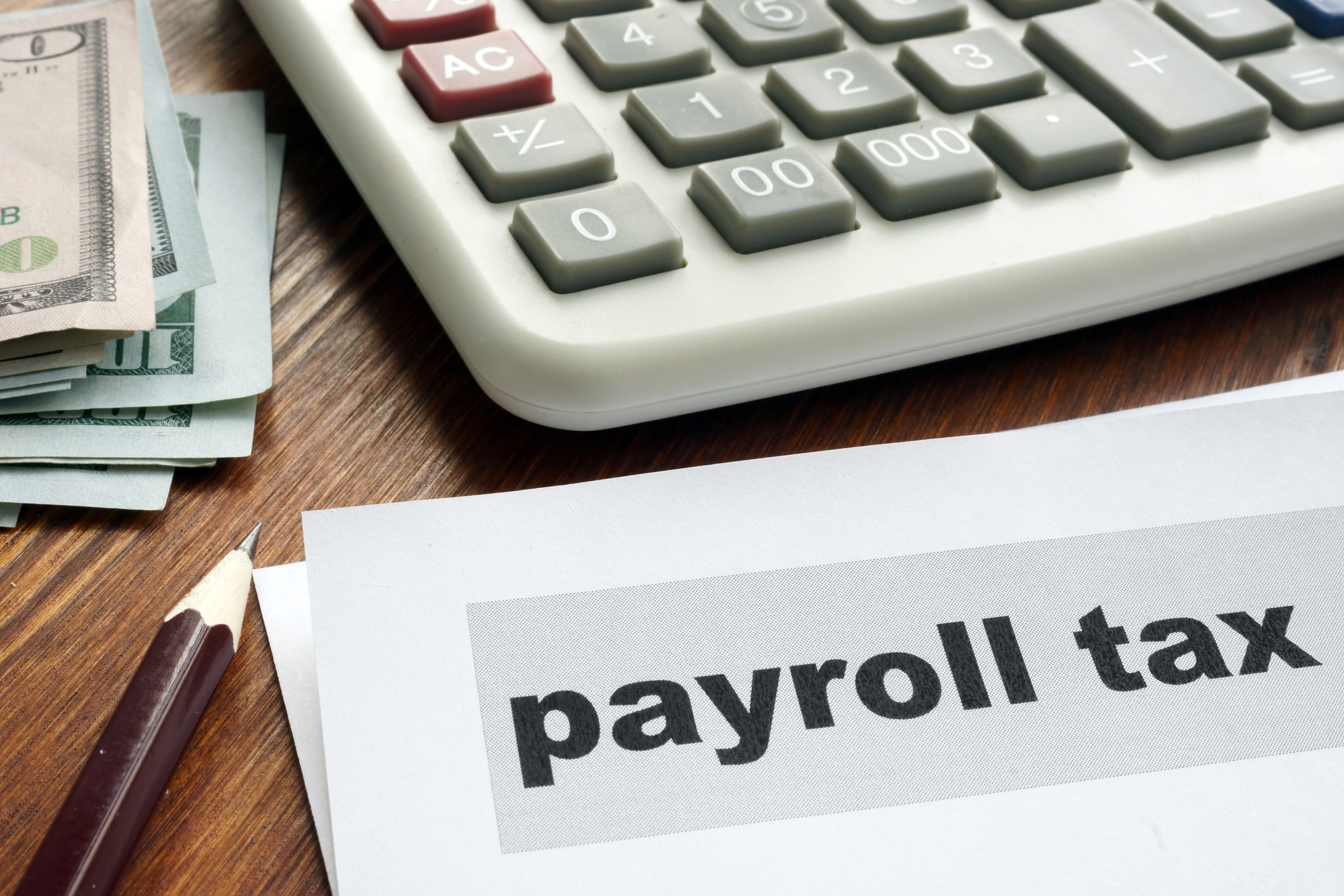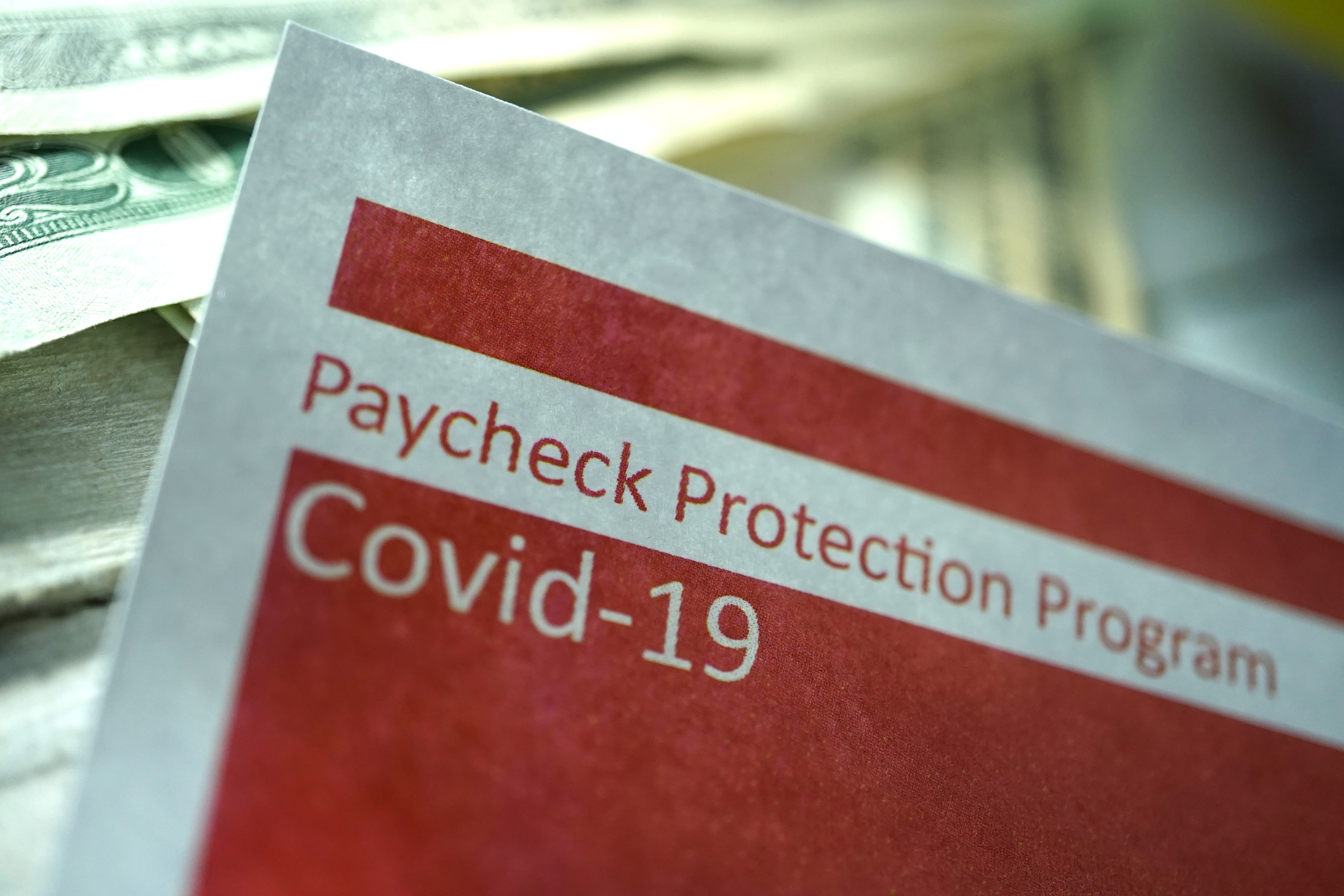Most people dread doing their taxes. It can be a complicated process, full of forms and rules.
Imagine how difficult it is to prepare and file taxes for a business that employs hundreds – even thousands! The good news for many companies is that they sometimes qualify for tax credits, including the Research and Development (R&D) Tax Credit, the Work Opportunity Tax Credit (WOTC), and, most recently, the Employee Retention Tax Credit (ERC).
What is the Employee Retention Credit?
The ERC, introduced with the Coronavirus Aid, Relief and Economic Security (CARES) Act in 2020 during COVID-19, is a refundable and non-refundable tax credit that provides businesses funding to make up for some revenue lost during the pandemic. What, you might ask, is the difference between a refundable and nonrefundable ERC?
The non-refundable Employee Retention Credit allows the government to refund an employer’s share of employment taxes (FICA and Medicare). The refundable credit, conversely, is a payment from the government – beyond the amount of employment taxes paid by an employer during 2020 and 2021.
The Employee Retention Tax Credit officially ended on September 30, 2021. But, if your business is eligible, you can still claim it for three years after you first submitted your tax return.
Employee Retention Credit Examples
The Employee Retention Tax Credit can be confusing to calculate, especially when an employer is attempting to claim it retroactively. You can use the following examples, though, for a better understanding of how to figure out your refundable payroll tax credit:
Scenario #1
Your business has 300 full-time employees (FTEs), and your gross receipts for quarter 1 in 2019 totaled $200,000. Your gross receipts for the first quarter of 2021, though, only added up to $80,000 – which is less than 80 percent of what they were in 2019.
In quarter 2 of 2019, your gross receipts combined also equaled $200,000, but the same total for 2021 was only $70,000 – again, less than 80 percent of the 2019 number. Based on these figures, you qualify for the Employee Retention Tax Credit.
Scenario #2
Your business has 10 full-time employees. During the first quarter of 2020, the qualified wages paid for each of those employees was $5,000. Also, your business experienced a 75 percent decrease in revenue compared to the Q1 of 2019. You are, therefore, eligible for a tax credit of $2,500 (50 percent of $5,000), which would be applied to your quarterly payroll tax liability.
Scenario #3
Your company is a large business employing 1,000 employees. You paid employee Mike Smith for 40 hours of work in January 2021. However, Mike only actually worked for 10 hours due to United States COVID-19 governmental orders that suspended 30 hours’ worth of his normal working hours. When calculating your Employee Retention Tax Credit, note that only the wages you paid Mike for not working are considered qualified wages paid.
If you have an Employee Retention Credit example about which you have questions, feel free to contact the StenTam team.
Who Qualifies for the Employee Retention Credit?
Your business may be eligible for the Employee Retention Credit if its operations were fully or partially suspended by governmental COVID-19 orders limiting commerce, travel or group meetings. It may also qualify if you experienced a significant decline in gross receipts during 2020 or the first three quarters of 2021.
A small eligible employer for 2020 is a business that had 100 or fewer full-time (30 hours per week or more) employees on average per month in 2019, and for 2021 had 500 or fewer FTEs on average per month in 2019. For employee retention claims for wages paid in 2021, large employers are considered those that had an average of over 500 (FTEs) in the base year of 2019.
For refundable tax credit claims related to wages paid in 2020, large employers are defined as those with over 100 FTEs in the same base year, 2019. Note that for large employers, wages can only be included as qualified if the employee was paid but did not actually work.
What is a Recovery Startup Business?
If your company began operations on or after February 15, 2020, you may qualify to claim the Employee Retention Credit for the third or fourth quarters of 2021 as a recovery startup business.
A recovery startup business serves as its own category and does not focus on the traditional requirements of the Employee Retention Credit – such as full/partial suspensions and a decline in gross receipts.
How Do I Claim My Employee Retention Credit?
To retroactively claim the Employee Retention Credit for 2020 and 2021, eligible businesses should file Internal Revenue Service (IRS) Form 941-X. This allows such companies to amend their filed returns (Form 941) for the quarters during which their business was an eligible employer.
FAQs
How is the Employee Retention Credit Paid Out?
Once the IRS receives either your Form 941 or Form 941X, it assigns that form to a processor. After your credit is processed, the IRS will send you a CP 210 notice detailing your credit amount plus any interest. The agency then sends you a paper check for the refund amount via USPS to your address of record with the IRS.
Is There a Deadline to Claim the Employee Retention Credit?
For all four quarters in 2020, the deadline to apply for the Employee Retention Credit is April 15, 2024. For all quarters in 2021, the deadline is April 15, 2025.
How Do I Check the Status of My Employee Retention Credit?
The best way to check on the status of your ERC claim is to call the IRS helpline at (800) 829-4933 or visit the agency’s website. Be sure to have your employer ID number, Social Security number, and tax return information readily available when you call the IRS.
What Wages Qualify for the Employee Retention Credit?
Qualified wages under the Employee Retention Credit include those paid by employers to employees while operations were fully or partially suspended by governmental COVID-19 orders or if the business experienced a decline in gross receipts.
Covered expenses include cash wages, both hourly and salaried, along with vacation pay and any other taxable wages. Qualified wages paid under the Employee Retention Credit program also include certain health plan expenses that are allocable to those wages.
Qualified wages under the Employee Retention Credit program are limited to the first $10,000 of compensation paid to any employee during a calendar year (2020) or calendar quarter (2021). The ERC can be claimed for wages paid or incurred from March 13, 2020, through June 30, 2021.
Are Nonprofit and Tax-Exempt Organizations Eligible for the Employee Retention Credit?
According to the CARES Act, a tax-exempt business is considered eligible for the Employee Retention Credit if it passes either the Gross Receipts Test (GRT) or the Government Orders Test (GOT). Note that your business doesn’t have to pass both tests to qualify.
What’s the Difference Between the Employee Retention Credit and a Paycheck Protection Program (PPP) Loan?
The Paycheck Protection Program (PPP), which was a forgivable loan, ended on May 31, 2021 and provided small businesses with funds to pay up to eight weeks of payroll costs, including benefits. Funds from the PPP loan also could be utilized by those companies to pay interest on mortgages, rent and utilities.
The Employee Retention Credit program was created to encourage eligible employers to keep their employees on the payroll during the COVID-19 outbreak. Qualifying employers can claim the ERC on qualified wages, including some health insurance costs, paid to employees.
Why Should I Enlist the Help of Stenson Tamaddon to Help Me File for My Employee Retention Credit?
At Stenson Tamaddon, our team of tax and finance experts helps you maximize the credit you receive – and minimize any risks that come with it. We pride ourselves on having assisted numerous businesses, both large and small, in filing for the Employee Retention Credit. And, our credit-focused technology ensures a focus on compliance. Get started today with one of our tax specialists!













